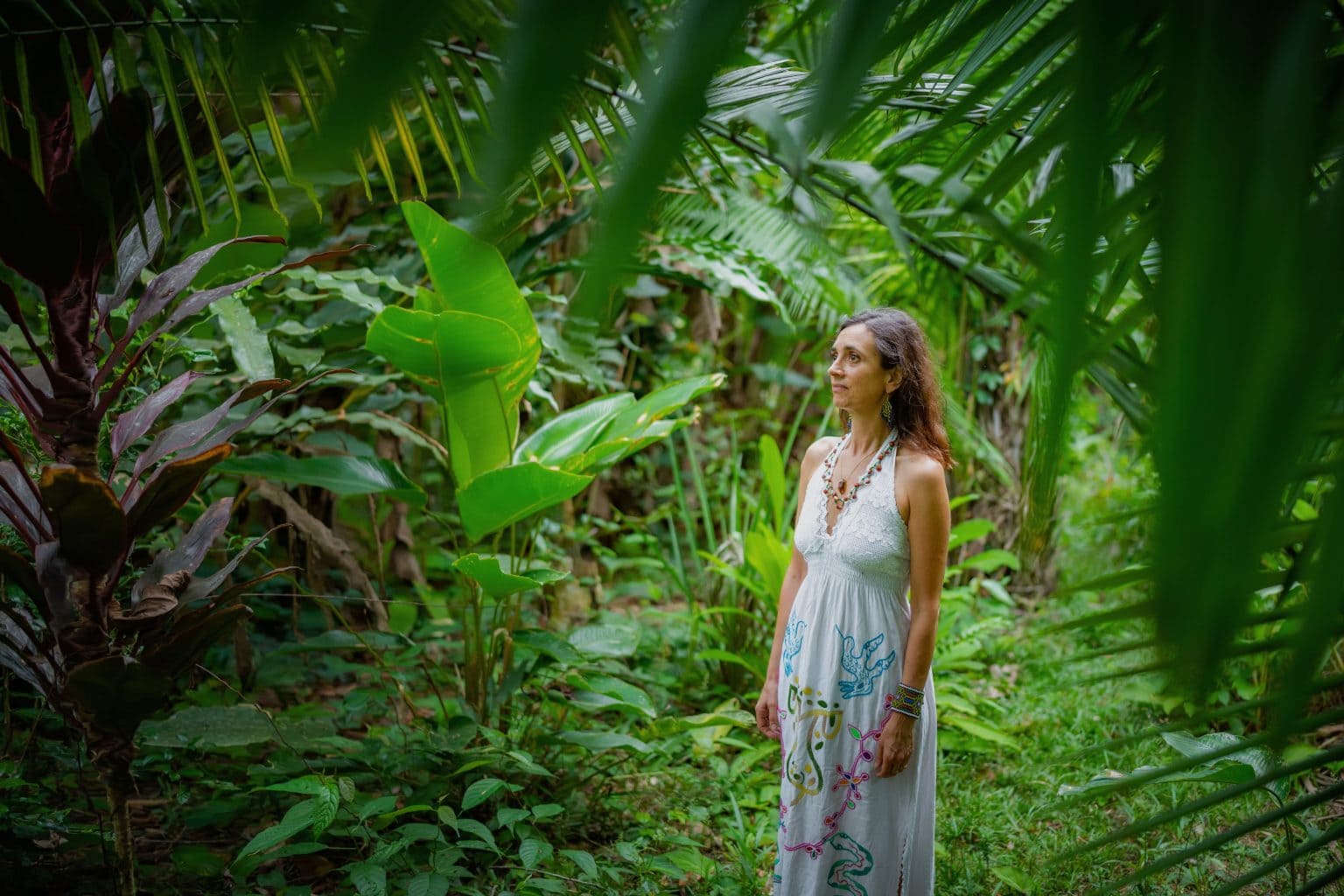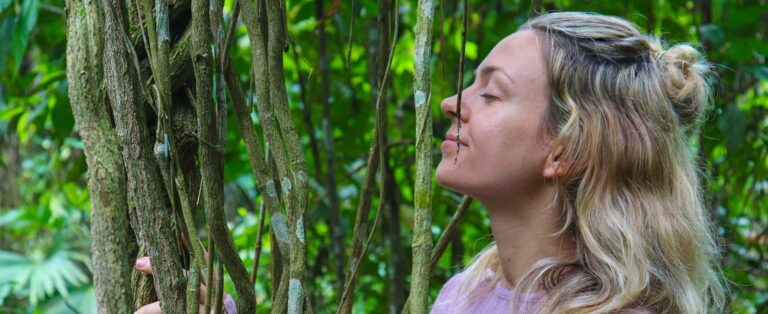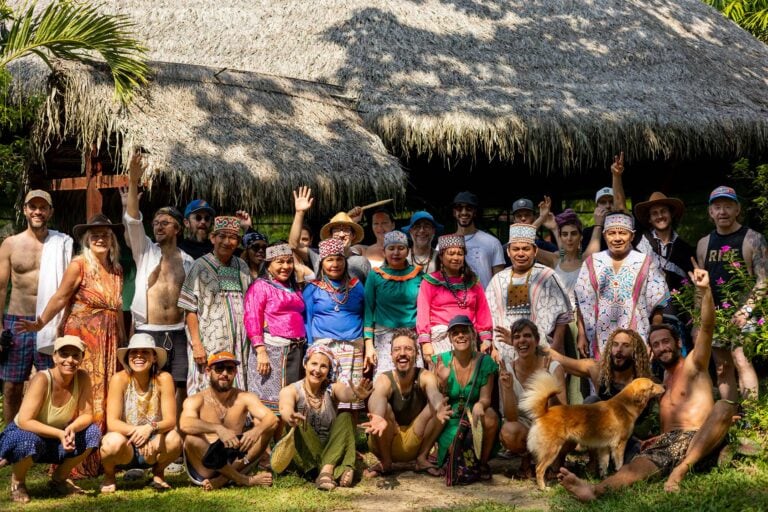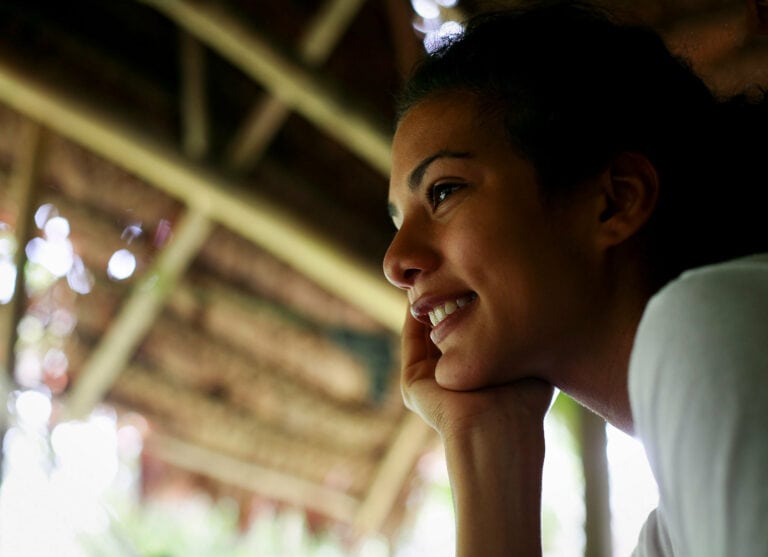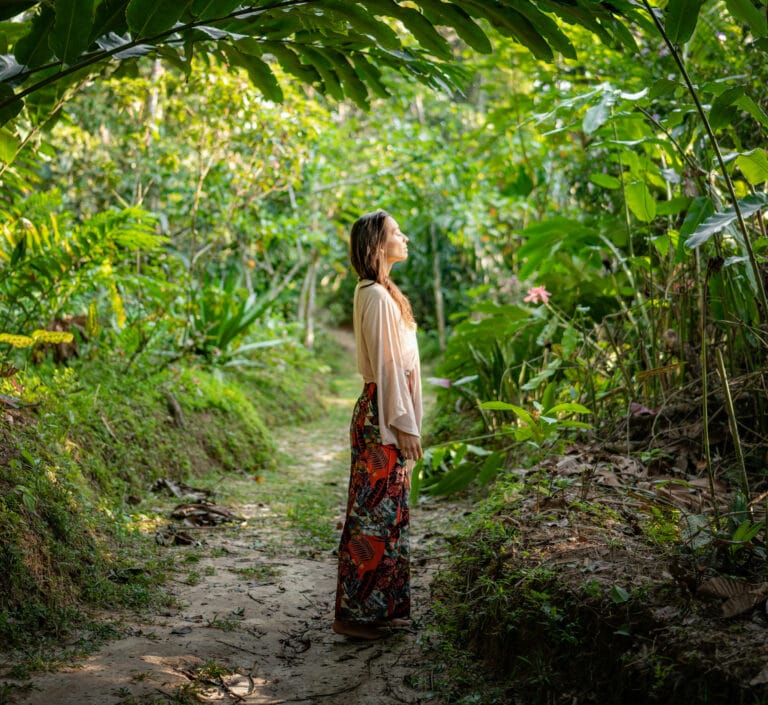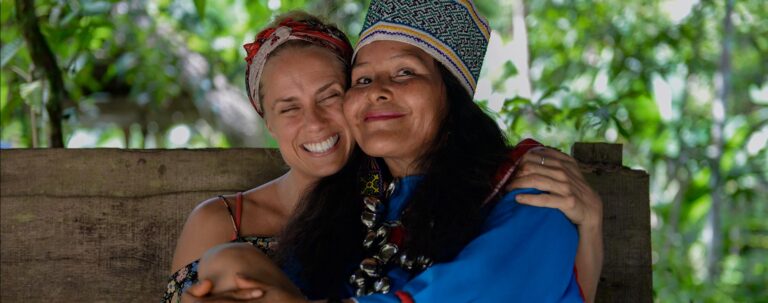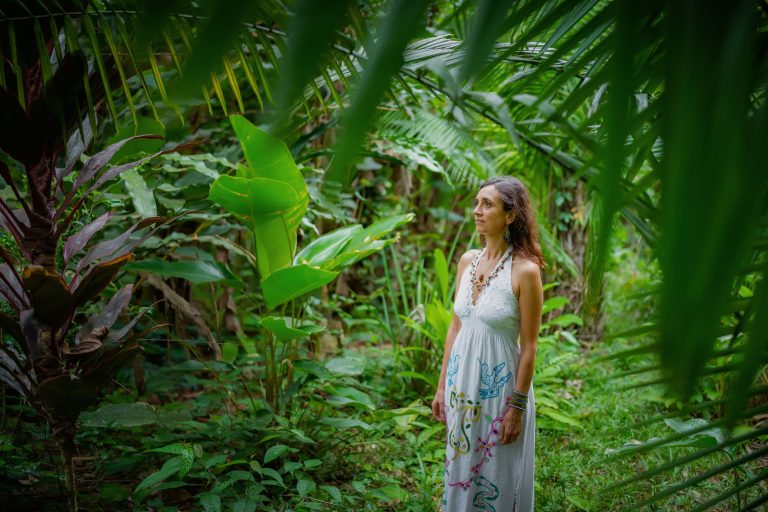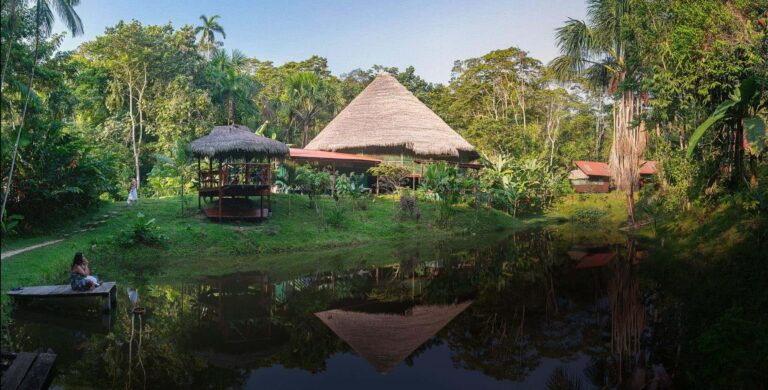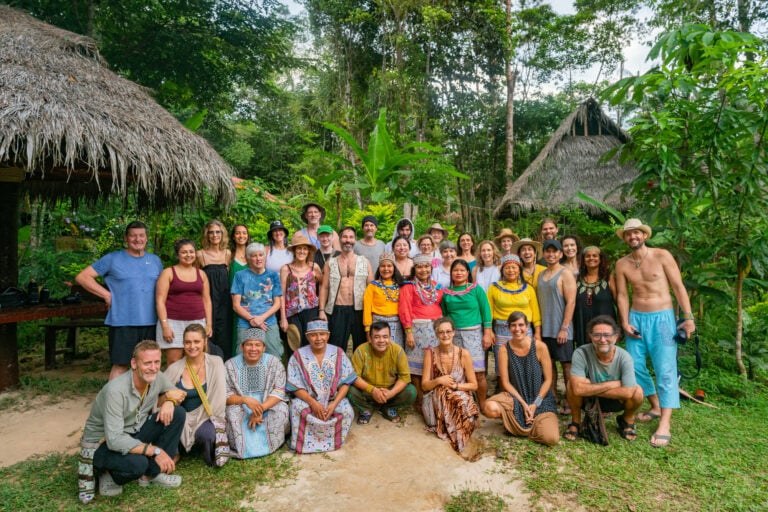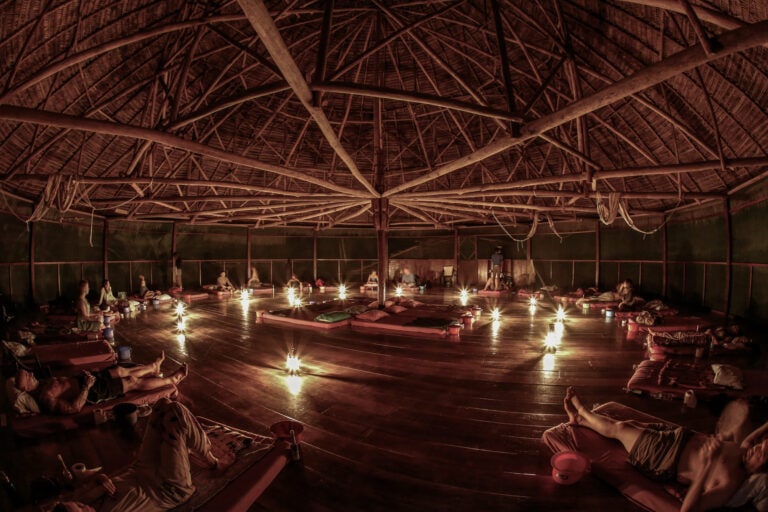By Públio Valle, Senior Retreat and Integration Facilitator
The weeks, months, and sometimes even years following an ayahuasca retreat represent a period where deep transformation can unfold. While the ayahuasca retreat itself can be a profound healing experience, ayahuasca integration happens when these experiences effectively translate into lasting positive changes in your everyday life.
Understanding Ayahuasca Integration
Much like an ayahuasca retreat, the integration process is a profoundly personal journey. While it is inherently unique to each individual, certain attitudes and practices can be universally recommended.
After returning from an ayahuasca retreat at the Temple of the Way of Light, participants are often much more sensitive and open than they realize. Emotions may flow more freely, leading to a heightened awareness of triggers and a deeper connection to experiences that previously went unnoticed.
In nearly every integration session I facilitate, I emphasize the importance of welcoming and embracing whatever arises: difficult emotions, confusion, worries, pain, or joy and beauty.
As we say at the Temple, “The process of healing isn’t about feeling better; it’s about better feeling.”
Through my journey of ayahuasca integration and supporting hundreds of people over many years, I have understood that it isn’t about having to fix something or solve a problem but much more about listening and paying careful attention to something deeper and wiser that exists within all of us.
Essential Ayahuasca Integration Practices
Mindful Acceptance
Mindfulness is invaluable for embodying acceptance and compassion toward the myriad experiences that may surface.
A quote by Pema Chödrön resonates deeply with this idea:
“We can still be angry after all these years. We can still be timid or jealous or full of feelings of unworthiness. The point is not to try to change ourselves. It isn’t about trying to throw ourselves away and become something better. It’s about befriending who we are already. The ground of practice is you or me or whoever we are right now, just as we are. That’s the ground, that’s what we study, that’s what we come to know with tremendous curiosity and interest.”
At times, it’s not easy to befriend these parts of ours alone. Over time, I understood that reflections from others can be crucial, helping us remember who we truly are beyond the confusion and fears.
Community Support
Realizing that we are not alone in our feelings and experiences has a profound impact on our healing journey. Therefore, a crucial aspect of the ayahuasca integration process is community.
That’s why we have been focusing on creating an online community for Temple guests to share, support, and connect throughout their ayahuasca integration journey. We have put all our expertise and effort into creating a comprehensive integration program to support our guests in the months following the ayahuasca retreat.
After all these years in this field, I see that at the end of the day, we are all looking for and need sincere, healthy human connections. And to be reminded that no matter what happened to us, the true essence within each one of us cannot be harmed and can be rediscovered.
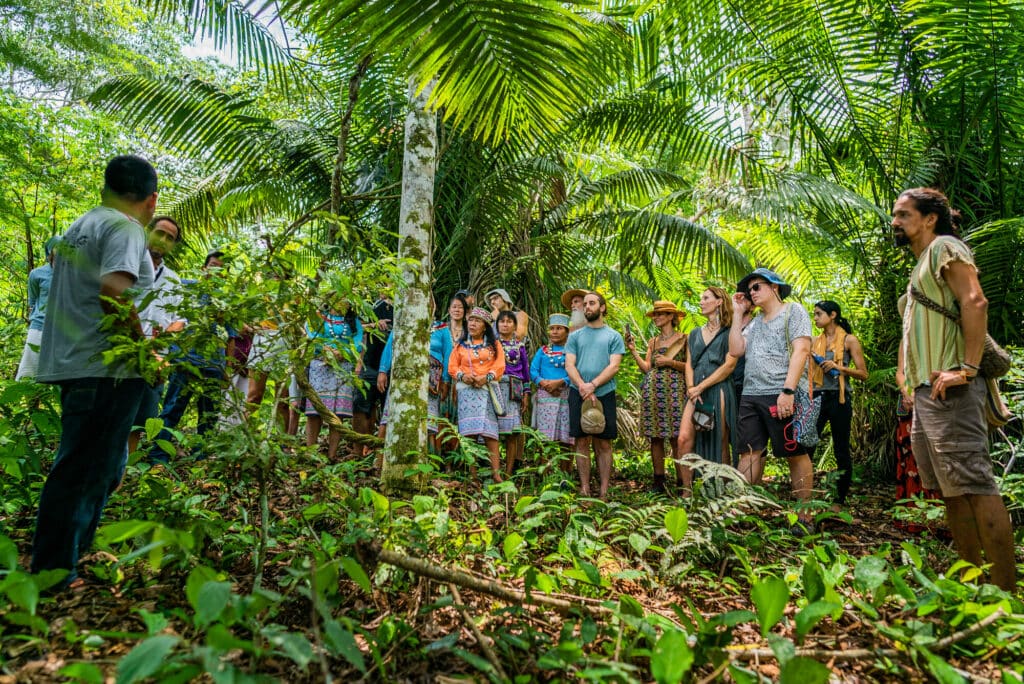
Ayahuasca Integration Timeline: What to Expect
While everyone’s ayahuasca integration journey unfolds differently, here’s a general timeline of what you might experience:
Weeks 1-2: Foundation Phase
This is a critical part of the ayahuasca integration process and involves:
- Strictly following post-diet recommendations
- Facing “pruebas” (tests) that the plant spirits bring: learning new ways to manage emotional triggers, physical discomforts, or unexpected events
- Experiencing heightened emotional sensitivity
- Recalling vivid memories from ceremonies
- Navigating simultaneous clarity and confusion
- Possibly still hearing and experiencing the icaros of the healers
- Having more vivid dreams
- Feeling physical sensitivities or discomfort
- Actively revisiting insights and feelings
Months 1-3: Transition Phase
As the initial intensity subsides, ayahuasca integration shifts to:
- Deeper reflection on ceremonial experiences
- Noticeable shifts in perspectives and behaviors
- Potentially feeling that effects are “fading away” or that “nothing has changed”
- Realizing that real integration work is just beginning
- Acknowledging that something fundamental has changed
- Recognizing the potential that exists within
Months 4-12: Deep Integration
Long-term ayahuasca integration involves a gradual, ongoing increase in awareness and seeing what is and isn’t aligned in your life:
- Engaging more actively in spiritual practices
- Potentially making life-altering decisions
- Reflecting on life structures created from wounds and traumas
- Recognizing what brings you closer to your true self
- Inquiring about what actual change might look like
It’s crucial to remain patient, as change and, ultimately, transformation do not always happen linearly. As we say at the Temple throughout every retreat, trust, surrender, and patience.
This simple yet profound guidance from the Shipibo healers is also essential throughout the process of ayahuasca integration. Plant spirit healing is an entirely different process from allopathic healing with pharmaceuticals.
Common Challenges in Ayahuasca Integration
The Window Metaphor
It is common that after coming home from an ayahuasca retreat, participants can sometimes state that they had a profound experience but eventually become concerned that the “effects are fading away.”
This part of ayahuasca integration can bring distress and concern that there is something wrong. There typically isn’t, provided the post-dieta restrictions have been fulfilled. So, reframing the narrative and getting a deeper understanding of the spiritual mechanics of the process as it unfolds is very important.
This window metaphor helps reframe this common experience:
Many people arrive at a retreat feeling like they have been locked in a dark room for many years, with discomfort, pain, and worries, and unable to find a way out. During the healing process on retreat, they’re often presented with a window showing a bright landscape outside, with trees, birds, flowers, and everything they’ve been looking for.
Seeing and experiencing this landscape from the window makes all the difference; now, the person knows this is possible. It is not a theory, a philosophy, or something they are trying to convince themselves of. It is often a powerful experience in the first person that gives them a direct point of reference, which changes everything. We become aware of our potential.
Nevertheless, this experience is just a “window”. When things start to seemingly “fade away,” it is precisely the moment when ayahuasca integration can begin; it is the moment when we are invited to turn our attention towards the dark room, with the inspiring reference of that window, and start looking for the actual door that can lead us to that landscape.
To investigate with curiosity, openness, acceptance, and love, what are the hindrances to that door? What structures in your life are not allowing you to experience that potential, that possible beauty of the landscape you have experienced?
It is also common for people to report that they are feeling worse than before coming to the retreat. One of the main reasons for this is that their sensitivity towards what is not aligned with their essence has increased.
This is, from the integration perspective, a very good sign. This is very much part of the ayahuasca integration process and is not permanent.
Other Common Ayahuasca Integration Challenges
During ayahuasca integration, you might face:
- Cognitive Dissonance: Struggling to reconcile new insights with existing beliefs, patterns, or behaviors
- Isolation: Feeling disconnected from friends and family who don’t understand or question your experience
- Overwhelm: Finding the intensity of insights challenging to process
- Spiritual Bypassing: Using spiritual insights or mental fantasies to avoid confronting emotional issues or realities of the material world. This can involve dismissing practical concerns and challenges favoring an idealized spiritual perspective, ultimately neglecting the necessary integration of life’s spiritual and material aspects.
These challenges can lead to feeling confused, frustrated, overwhelmed, and anxious. It is important to understand that these experiences are also part of the integration process, not ‘something wrong’.
They are not permanent states and are directly connected to the ongoing release of heavy energies, unhealthy programs, and negative states of being that no longer serve. However, occasionally, it is necessary to reach out for support from an integration expert.

Honoring Indigenous Wisdom in Ayahuasca Integration
After 20 years of working with ayahuasca, I have realized that healing is not only about my process, wounds, and traumas. It became evident that healing is equally something collective, a different way of living in relationship; with yourself, others, and nature. These two aspects – the inner biographical work and envisioning a new way of existing harmoniously on the planet together – are deeply related.
The way the Shipibo people work is usually experienced as deep shadow work, helping us heal our traumas, purge our pain, and face our shadows, which is accurate for sure. But beyond this, I also see that when we clear what’s in the way of the truth – the fears, regrets, and resentments from our past and even our ancestral lineages – we can finally remember the intrinsic wisdom and deep love in our hearts.
Through this profound, alchemical, and often challenging healing process, something new can be created individually that positively impacts and informs the collective. This potential is also being called for and sung to by the healers for every participant in every retreat. They call this “Jakon Nete” – the world of joy, connectedness, and gratitude. It’s up to us to claim it.
In an era marked by cynicism and conflict, it is inspiring to note that a significant concept in the Shipibo language is “akinanantí,” which describes work done collaboratively with love and joy, seeking the benefit of all—reciprocity. Beyond idealizing indigenous cultures, this concept is a universal principle and guiding compass for genuine healing, reminding us that we can contribute positively and serve from a place of healthy inner guidance.
As Ram Dass beautifully stated:“There are billions of tiny acts that create suffering in the world, acts of ignorance, greed, and violence. But in the same way, each act of caring, all the billion tiny ways that we offer compassion, wisdom, and joy to one another, serves as a preservative and healing agent.”
